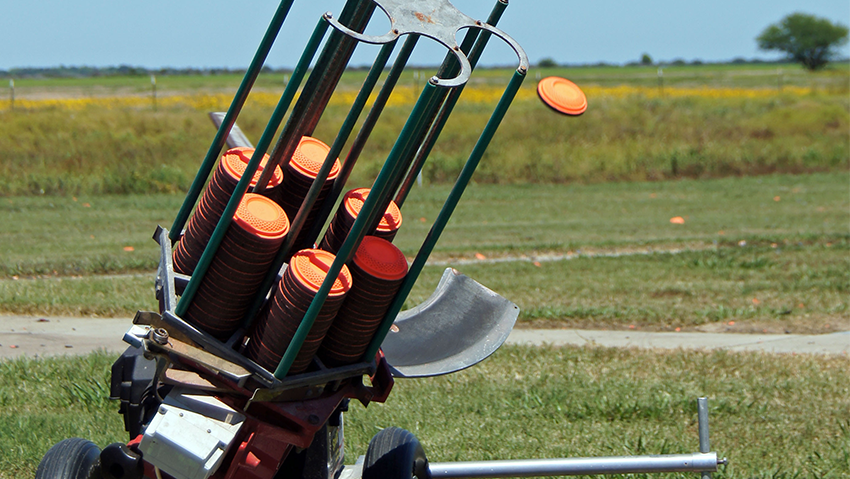 Back to News
Back to News
January 3, 2019
Waste Recommendations for Biodegradable Clay Targets on Outdoor Ranges
Biodegradable targets are a target of choice for many clay target ranges these days. Over time, though, the byproducts from the degradation of the Bio targets can reduce soil pH and compromise vegetation growth. To minimize this effect, the following recommendations are offered.
Recommended pH Testing & Target Accumulation Management Practices
The area where the soil may be affected (or is anticipated to be affected on a new range) should be tested for pH and, if findings conclude that the pH is too low, treatment of the area should be made. Soil pH should be checked bi-annually, especially in high-volume target areas, with a goal of maintaining the pH between 6.5 and 9. Note that on high-volume ranges, the removal of target pieces may be needed if the debris concentration is extensive. Of course, target debris disposal should be coordinated with your local waste hauler and in compliance with any requirements of local regulatory agencies.
pH-Raising Treatment
The area where these target debris accumulate should be treated with a pH-raising material. Limestone, available in either ground or powdered form, can be broadcast over the target debris accumulation area to maintain a neutral pH. Powdered limestone reacts more quickly than the ground limestone, however the ground limestone will provide pH buffering for a longer duration. The amount of limestone can range up or down depending on the type of soil, the concentration and size of target pieces, broadcast methods and the environmental conditions of the area. Wood ashes and oyster shells also make acidic soils more neutral.
The Vegetation Has a Say

It should be said that a low pH suits some plants just fine. Indeed, certain plants thrive in acidic soil (as opposed to alkaline or “sweet” soil). Such plants include mountain laurels, azaleas, rhododendrons and hydrangea bushes. By contrast, plants that like sweet soil may, as you’d expect, perform poorly in acidic soils. Plants that grow in alkaline, higher-pH soils include ornamental grasses, Lenten rose and Rose of Sharon bushes.
Next Steps for your Clay Target Range?
If your clay target shooting range is looking to become more proactive with its overall management practices here are some next steps that you should consider taking. Perform pH tests in areas where targets are accumulating or where they generally land after being thrown from your trap machines. Based on your findings, determine whether or not you should treat the soils with limestone to increase your pH to ideally achieve a level between 6.5 and 8. Lastly, establish a clay target management to address the accumulation of broken targets on your fields, which will help with maintaining a clean professional image for your customers or anyone such as neighbors or regulators who come and visit your shooting range.
Have questions about your range and range management program? NSSF encourages you to work with one of our Range Action Specialists, who can provide guidance and onsite consultations to assist you with developing a management plan to address this area along with other aspects related to effectively managing the environment your range resides on. For more information, contact John McNamara NSSF Senior Director, Retail and Range Services, at jmcnamara@nssf.org.
You may also be interested in:
https://www.nssf.org/outdoor-range-lead-reclamation-a-process-that-can-pay-dividends/
https://www.nssf.org/how-to-create-a-next-generation-range-through-retrofitting/
Categories: BP Item, Conservation, Education, Featured, Ranges, Safety, Top Stories









